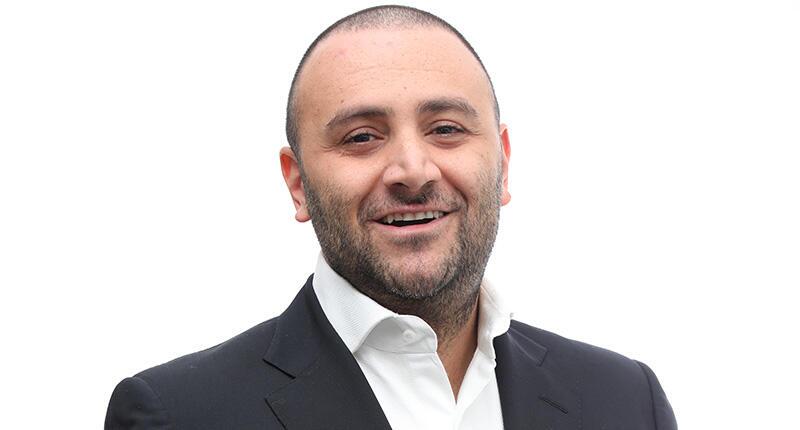When Did You Know You Wanted To Be in Sales?
A question from an astute young relative has Peter Smith pondering this question in his latest column.

I was fascinated by the question, asked by my nephew, Jake, a senior at Santa Clara University.
No one had ever asked me the question before and there was no quick or easy answer.
There are, of course, poignant moments along the way that stay with us throughout our career, and I began to recall some of them as I pondered Jake’s question.
One such moment was when working at Colibri back in the mid-1990s.
As a “non-salesperson,” I had made a huge sale of pens to a giant office supply chain. Our rep for the area had not had any success with that account so I got personally involved as the marketing director for the category and made the important sale.
Later that day, the president of Colibri asked me how my appointment had gone. Acting as if I’d “been there before,” I casually replied with the details of the order.
Without missing a beat, he said, “That ain’t shit. Come back to me when it sells through.”
I did an about-face, barely containing my irritation, and walked back down the hall to my office.
In the minute or so it took me to get there, my annoyance turned into a wide smile, enlightened, even energized, by the realization that, as curt as his response had been, I had just received a sales education.
Sales should never be about sell-in.
Then there was the time, 10 years earlier as a young salesman at Tiffany & Co. in Chicago, when I sold my first Breguet watch.
I remember the look on the customer’s face when I told him a short story about Napoleon Bonaparte having owned a Breguet. That quick story was more impactful than any facts or features I could’ve shared with him.
Stories matter.
“The answer to Jake’s question is nuanced. There’s rarely a time, or sudden revelation, when people decide sales is for them.”
Or it could have been the first time a customer challenged me on Whitehall Jewelers’ awful practice of massively marking up the price of a piece of jewelry so that it could be “discounted” by 50 or even 60 percent.
My response to the customer was, “I agree, this is a questionable practice that I have no control over. But let’s talk about what I can sell it for and see if that makes sense for your needs.”
In short, I had chosen authenticity and honesty over a largely deceptive practice and was still able to satisfy the customer and make a sale.
The answer to Jake’s question is nuanced. There’s rarely a time, or sudden revelation, when people decide sales is for them.
There may, of course, be trigger moments, when they choose to embrace a sales career, but the wiring that defines top salespeople is evident from a very early age, certainly long before we give a first thought to jobs or career paths.
Kevin Mitchell wrote in his fascinating book, “Innate: How the Wiring of Our Brains Shapes Who We Are,” that, “We are different from each other in large part because of the way our brains get wired before we are born.”
One of the earliest and most fundamental of traits in people who become successful in sales is an inherent competitiveness from a very young age.
In thinking about Jake’s question, I was reminded of two observed markers I noticed in his young life that might be indicators of his sales orientation.
The first was his incredible competitiveness playing soccer as a boy growing up on the fields of Glendale, California and the surrounding towns. Jake’s dad often boasted about how seriously Jake took his game and how incredibly motivated he was to drive himself to the highest standards.
The second moment was when we were having one of our all-too-infrequent visits a few years ago at his home.
We were all sitting around the fire pit singing songs, telling stories, and enjoying a wonderful evening and, in the middle of it all, Jake excused himself to retire to bed early as he was running the L.A. Marathon the next morning.
I was both impressed by his discipline and left to wonder about whether he was even old enough to run a marathon.
I would add to Susan’s assessment that temperament is evident in the choices we make growing up—the activities we pursue, and the attitude and drive we bring to those activities, be it sports, debates, drama, fundraising or any other art form, academic or social situation that ignites our competitive spirit.
It’s not so much that we choose sales, but that sales chooses us. If you are one of the lucky ones, use that talent wisely.
Have a great holiday season and be safe!
The Latest

The couple pleaded guilty to concealing at least $127 million in cash transactions at its precious metals businesses.
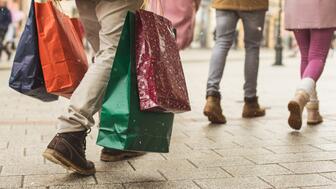
Consumers shared concerns about prices, inflation, tariffs, trade, and politics in the survey’s write-in response section.

In February 2026, the auction house will move its headquarters to the former Steinway Hall, a neoclassical landmark on Billionaires’ Row.

How Jewelers of America’s 20 Under 40 are leading to ensure a brighter future for the jewelry industry.

The new show will take place Jan. 23-25, 2026.


The former BHP Billiton leader and Gemfields chairman is remembered for his influential leadership throughout his 50-year mining career.
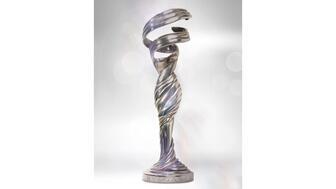
The LVMH-owned brand has partnered with the costume design union to revamp its award for 2026.

Roseco’s 704-page catalog showcases new lab-grown diamonds, findings, tools & more—available in print or interactive digital editions.
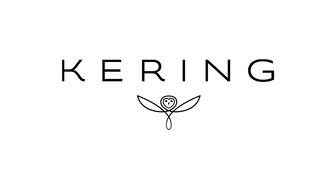
The luxury titan inked a deal to acquire an initial minority stake in the jewelry manufacturer with a pathway to full ownership by 2032.
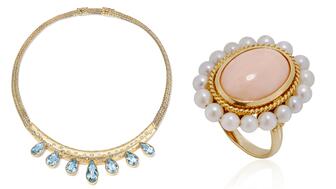
The company’s curation of unsigned vintage and estate jewelry debuted at the Bloomingdale’s in Costa Mesa, California.
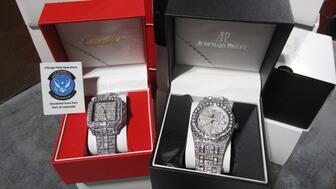
In the recent multi-shipment seizure, CBP also found counterfeit Audemars Piguet, Moncler, and Chrome Hearts items.

Helzberg’s Chief Retail Officer Mitch Maggart shared details about its tests of a new store concept rooted in an elevated luxury experience.

Jewelers of America execs and National Jeweler editors discuss tariffs, the sky-high gold price, and the engagement that broke the internet.
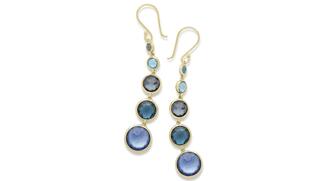
The luxury goods company said founder Ippolita Rostagno will remain at the brand’s helm.

Laura Burdese, who joined the Italian luxury brand in 2022, will take on the role in July.
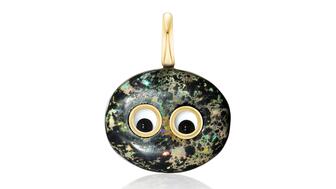
The National Jeweler editors revisit the most noteworthy industry happenings and design trends from 2025.
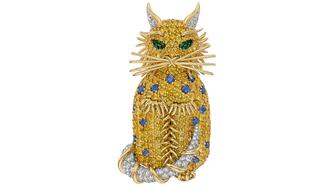
Need a gift for the cat lover who has everything? Look no further than our latest Piece of the Week.
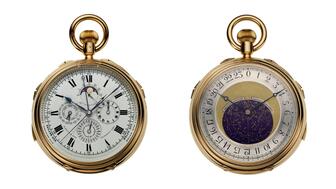
It purchased the “Grosse Pièce,” an ultra-complicated Audemars Piguet pocket watch from the ‘20s, for a record-breaking price at Sotheby’s.
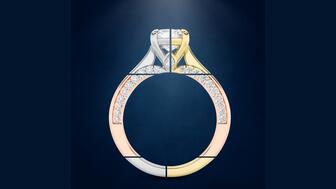
The lab-grown diamond grower now offers custom engagement and fashion jewelry through its Kira Custom Lab Jewelry service.

Chandler got his start at Michelson Jewelers and has served as DCA president and CEO since 2001. He will retire at the end of the month.

The boutique is slated to open this week inside Terminal 8, offering pre-owned Rolex watches and more to international travelers.

Sponsored by Digital Monitoring Products
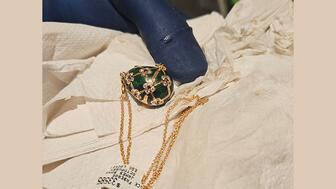
The special-edition egg pendant ingested in a New Zealand jewelry store was recovered after a six-day wait.
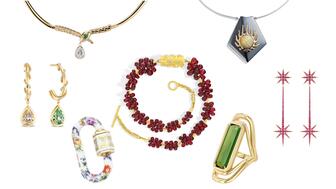
Associate Editor Natalie Francisco plays favorites with Piece of the Week, selecting a standout piece of jewelry from each month of 2025.

The “Love and Desire” campaign is inspired by the magic that follows when one’s heart leads the way, said the brand.

Two awardees will receive free tuition for an educational course at the Swiss lab, with flights and lodging included.

Berta de Pablos-Barbier will replace Alexander Lacik at the start of January, two months earlier than expected.

















